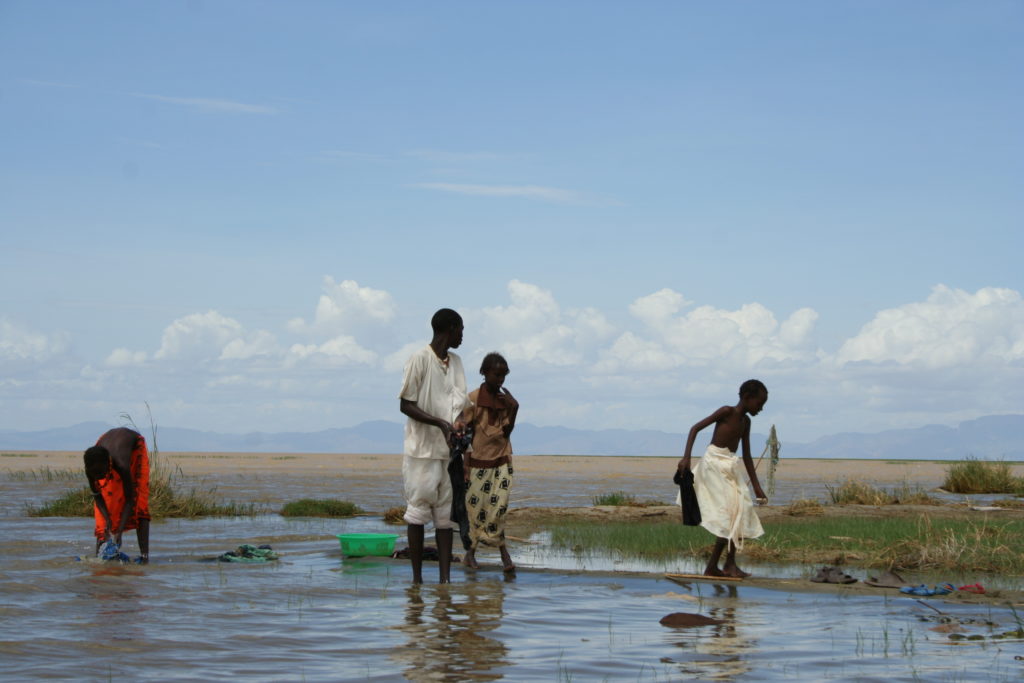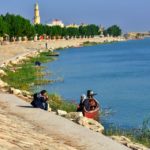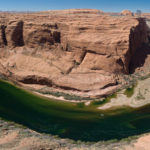Rivers have created some of the world’s most treasured and spectacular landscapes. Think of Brazil’s Pantanal, Botswana’s Okavango Delta and the Grand Canyon in the U.S. – three of more than thirty riverscapes designated as UNESCO World Heritage sites.

Free-flowing rivers are the lifelines of these sites, acting as biological corridors. Many World Heritage sites and the rivers that flow through them not only support immense biological diversity, but cultural diversity as well.
World Heritage sites are often located within land managed by indigenous peoples whose land use, knowledge and cultural and spiritual values and practices are critical to the conservation of these sites.
Yet many of these sites face threats from destructive development projects. In 2016, UNESCO called for a prohibition on dams located within the boundaries of World Heritage sites. Still, dams continue to impact or threaten over a quarter of all natural UNESCO World Heritage sites, including Russia’s iconic Lake Baikal and the Serengeti National Park.
Our Work to Protect World Heritage
International Rivers supports partners who are elevating these threats through both official channels and in public opinion. We advocate for companies and financiers to adopt “no go” policies that prevent the construction of dams that impact World Heritage sites, and we are fighting for governments to adopt permanent river protection policies for key rivers all over the world.
Learn More
Latest News
- Indigenous and environmental activists delivered a Jatoba tree to Norway’s embassy, protesting against the destruction of Amazon rainforest
 On September 21, a Jatoba tree was accepted as a refugee at the Norwegian embassy in Brasilia, Brazil. The symbolic gesture was an action proposed by indigenous umbrella organization, the…
On September 21, a Jatoba tree was accepted as a refugee at the Norwegian embassy in Brasilia, Brazil. The symbolic gesture was an action proposed by indigenous umbrella organization, the… - From the River’s Mouth: Saving the Tigris River in Iraq
 By: Toon Bijnens, Save the Tigris and Iraqi Marshes Campaign Mesopotamia is one of the regions most severely affected by water scarcity in the world. It is currently seeing an increased…
By: Toon Bijnens, Save the Tigris and Iraqi Marshes Campaign Mesopotamia is one of the regions most severely affected by water scarcity in the world. It is currently seeing an increased… - Rivers are the world’s heritage. Time to treat them as such
 By: Josh Klemm, Policy Director Originally posted on Mongabay This July represents a critical opportunity to protect rivers and the World Heritage sites that depend on them. Key government leaders…
By: Josh Klemm, Policy Director Originally posted on Mongabay This July represents a critical opportunity to protect rivers and the World Heritage sites that depend on them. Key government leaders…
